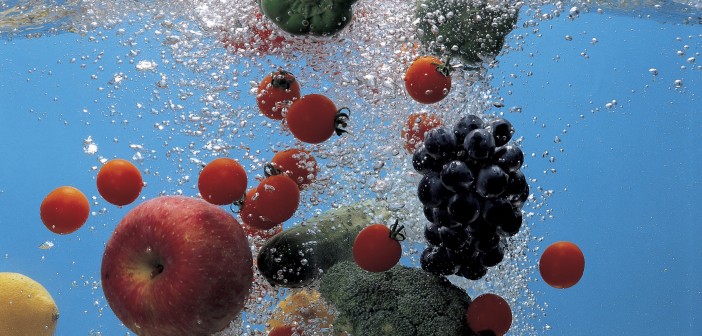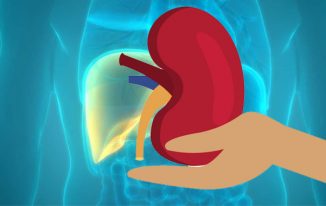Food safety is one issue that we should always keep top-of-mind. Here are a few basic guidelines to remember during this season of the noshes, nibbles, buffets, potlucks, and office parties that are key to food safety.
Wash Your Hands
Hand washing is essential. Hand washing in warm soapy water will eliminate many of the culprits that can cause food-borne illnesses as well as the common cold and flu. The Academy of Nutrition and Dietetics recommends washing your hands for at least 20 seconds before and after preparing food. Not sure how long 20 seconds is? If you sing or hum two verses of “Happy Birthday,” as you soap up, that should add up to the required amount of time you need to spend in the suds.

Safe Food Handling
In handling uncooked meat, fish and seafood take care to not splash or spatter any juices from the food onto other items in your food preparation area. In being careful to avoid spatter, you can limit the chances of cross-contamination. Cross-contamination occurs when uncooked protein food juices i.e. meat, fish or poultry are splashed onto the cutting board or colander where you will place produce; this will cross-contaminate and may create conditions that will cause a food-borne illness.
Produce
If purchasing pre-packaged salad greens, they have been washed in chlorinated water during processing. However if purchasing loose, unbagged greens, they should be rinsed in tepid or lukewarm water.
Fruits with rinds such as melons, oranges and pineapple should be washed before using to prevent any bacteria on the outside from being transferred to the inside when you cut into the fruit. Sturdy fruits and vegetables should be scrubbed lightly with a produce brush.
Keep Hot Foods Hot & Cold Food Cold
By keeping foods at the appropriate temperatures, you can minimize the risk of food borne illnesses. Hot foods need to be above 140oF and cold foods should be held at temps of 40 oF or below. Most refrigerators are at 40 oF or lower. Letting foods hold at temperatures between 40 oF F and 140 oF is not recommended-this range is considered the “danger zone.” It is considered the “danger zone” because this is the temperature range that will enable bacteria to grow and multiply rapidly. For example if you are using a slow-cooker, it is important to make sure the food you are cooking reaches a temp of 140 oF or above within four hours.
To insure that food reaches the recommended temperatures for doneness, I advise my clients to invest in a food thermometer. They are relatively inexpensive and will provide peace of mind. You’ll know the food has cooked to the recommended done temperature and you will reduce the risk of overcooking. Unfortunately it is a tough task to remedy overcooking.
On the Label
Read food labels and understand the dates on the packages. Sometimes when products are on special or appear to be a great value, that discounted price may be because the product is very close to the suggested use by date.
Products are often stamped or labeled with a date to give you an idea of when you should use the food to enjoy it at its best flavor and quality. Following are examples of the dating and what they mean:
- “Sell-By” date tells the store how long to display the product for sale. You should buy the product before the date expires.
- “Best if Used By (or Before)” date is recommended for best flavor or quality. It is not a purchase or safety date.
- “Use-By” date is the last date recommended for use of the product while at optimal quality. The date has been determined by the product manufacturer.
By following these guidelines for food safety, you can serve up a healthy and enjoyable season of good eating for all.












